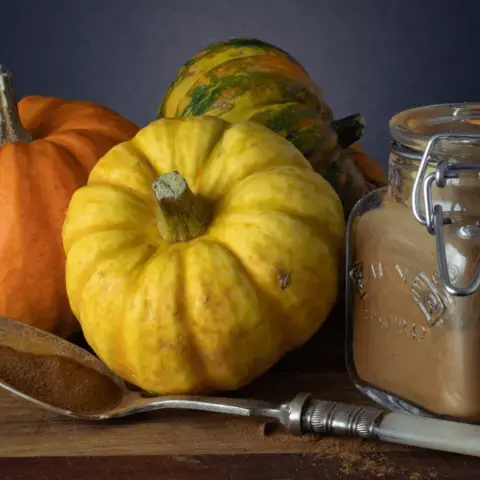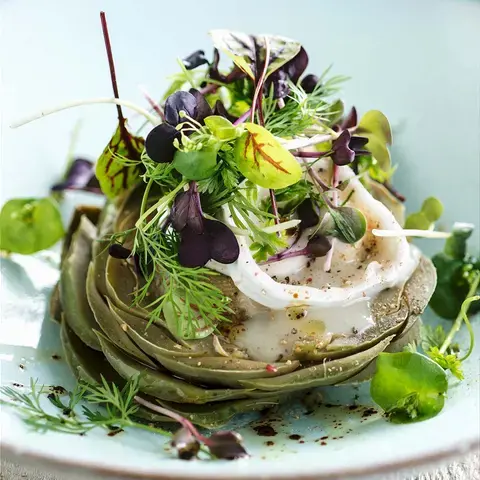What is the difference between ramen and spaghetti? Is ramen even pasta? Here we attempt to answer these questions and more, beginning with...
Who invented pasta?
There is nothing easy about answering this question. As one of the world's favourite foods, we know that it has three main origins: the Mediterranean, China and the Arab world. Despite the fact that the Asian climate was more suitable to the growing of rice than wheat, China was an important centre of pasta culture.
What is ramen?
Nowadays, the Asian types of long spaghetti-style pasta are reunited in a large family of noodles, which come in infinite varieties: based on millet (like the Indian ragi noodles), wheat flour, rice flour, mung bean flour, acorns (like some Korean noodles), and more. One of the best known and widespread types of noodles, ramen, is receiving much appreciation by European foodies. Ramen are quick-cooking spaghetti-like noodles served in a broth. Although they originated in China, ramen gradually became a symbol for the people's food in Japan, where long strands of fresh pasta were added to soups made with vegetables, fish or meat. For much time after their introduction in Japan, ramen were considered street food, with workers enjoying bowls of steaming noodles bought at roadside stalls during their breaks.
Is ramen pasta?
The main reason why ramen is not pasta is that it is not made of durum wheat. Ramen has a softer texture and smoother feel. What’s more, ramen is served in a broth, whereas pasta usually comes with a sauce. And, last but not least, ramen is basically always cut into long strips, whether straight or wavy, while pasta comes in an infinite variety of shapes and sizes.
How is ramen different from pasta?
As a street food, ramen is a far cry from contemporary pasta dishes in Italy, which are also consumed hot, but seated comfortably at a table. A turning point came in 1958, when Momofuku Ando patented a dried version of Asian noodles. From then on, everybody could prepare their own ramen at home, a novelty that changed the food-eating habits of the Japanese forever. Both Italian pasta and ramen noodles are cooked in water. Together with the long strand-like format, these are some of the few similarities between the two. We had fun finding the differences.
Japanese Ramen
- Ramen is made with soft wheat flour. Several varieties contain eggs.
- Some artisans are able to produce very thin strands with their bare hands.
- True ramen is freshly made, not dried.
- The diameter of ramen depends on the type, and goes from very thin to half a centimetre.
- In the cooking of ramen, there is no concept of al dente.
- The dish is considered a full meal and is still a street food.
Italian Spaghetti
- Spaghetti is made with durum wheat flour, and sometimes other types of flour in different percentages.
- Spaghetti that is made in Italy must be extruded through a die made in steel or bronze. Only industrially produced spaghetti may be called such; handmade types carry other names.
- Ramen is made by cutting strips directly from the pasta dough. Italian tagliatelle are mostly a mix of soft wheat flour and eggs.
- Other types of long pasta lose the eggs gradually moving from North to South, and are replaced by durum wheat flour.
- Although the thickness of tagliatelle is subjective, they must be cooked al dente. Tagliatelle are served with a sauce – practically never in broth.
- They are considered a first course, to be eaten only while seated, even though spaghetti was originally street food.
One characteristic both ramen and spaghetti have in common is the difficulty first-time consumers have in eating them. Both are tricky to create neat bites using a fork, and good table manners are easily breached by sucking noises: if you still have some doubts, don't miss this video to learn how to eat spaghetti.
Recipe ideas
Once you’ve got your head around the differences, it’s time to get into the kitchen. The key to a great ramen recipe is the ratio of broth to noodles and meat. A good place to start is this easy chicken ramen recipe for beginners. Once you’ve mastered that, you can start experimenting with flavours, such as this pumpkin curry ramen. Over to Italy, this iconic pasta and fish dish of Spaghetti with Clams is simple to prepare and perfect with a crisp glass of white wine. For a richer pasta dish, look no further than a classic Roman carbonara, packed with creamy flavour.
| Japanese Ramen | Italian Spaghetti |
| Ramen are made with soft wheat flour. Several varieties contain eggs. | Spaghetti is made with durum wheat flour, and sometimes other types of flour in different percentages. |
| Some artisans are able to produce very thin strands with their bare hands. | Spaghetti that is made in Italy must be extruded through a die made in steel or bronze. Only industrially produced spaghetti may be called such; handmade types carry other names. |
| True ramen are freshly made, not dried. | Ramen are made by cutting strips directly from the pasta dough. Italian tagliatelle are mostly a mix of soft wheat flour and eggs. |
| The diameter of ramen depends on the type, and goes from very thin to half a centimetre. | Other types of long pasta lose the eggs gradually moving from North to South, and are replaced by durum wheat flour. |
| In the cooking of ramen, there is no concept of al dente. | Although the thickness of tagliatelle is subjective, they must be cooked al dente. Tagliatelle are served with a sauce – practically never in broth. |
| The dish is considered a full meal, and is still a street food. | They are considered a first course, to be eaten only while seated, even though spaghetti was originally street food. |











